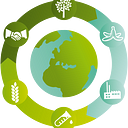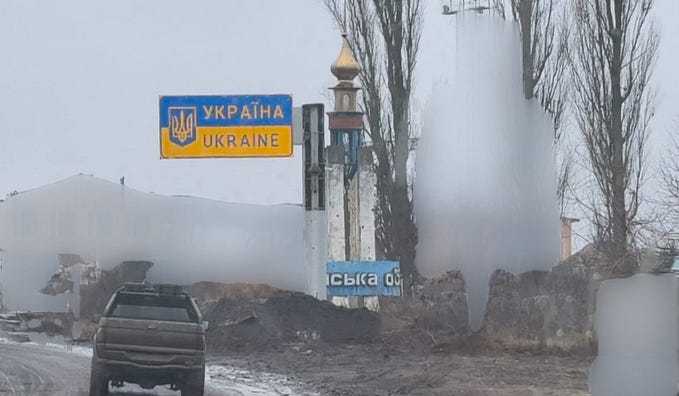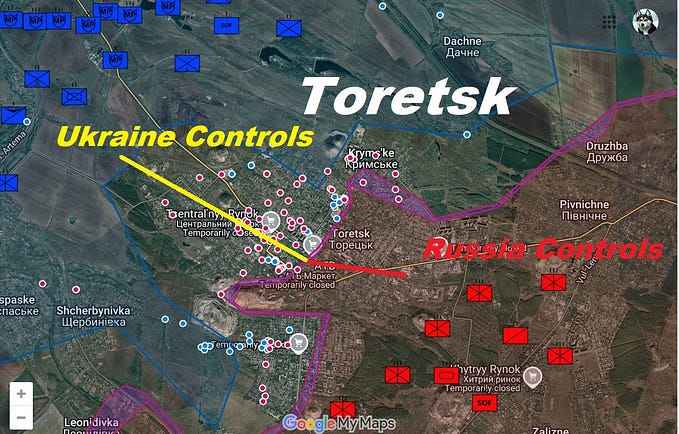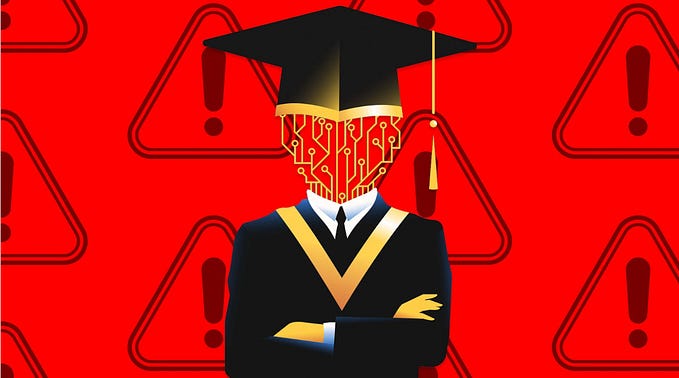An Alternative Action Plan to Avoid the Circularity Trap?
Author: Hanna Helander
In 2015, the European Commission launched “Closing the loop — An EU action plan for the Circular Economy”. It states that the circular economy will create jobs and “help avoid the irreversible damages caused by using up resources at a rate that exceeds the Earth’s capacity”. Sounds like a concept worthwhile pursuing! But how does this magic pill work, and how can we make sure it does not have side effects?
Obviously, the communication from the Commission is a result of political negotiation between stakeholders with a wide range of interests. At the same time, the circular economy has roots in Industrial Ecology concepts about how to design material flows in our industrial societies. By seeing the society as a socio-economic metabolism, we conceptually linked environmental pressures to the abundant circular economy principles (e.g. reuse, recycle and reduce) and identified the necessary changes in material flows to reach the objective of decreased environmental pressures. The idea is rather simple. We looked at the society and all its activities as if it were an organism using materials and other resources from the surrounding environment; we call these input flows to the society. The society also produces output flows; these consist of waste and emissions. Input and output flows comprise the pressures on the environment. Depending on what kind of flow it is, the environment can deal with it to a certain extent. For instance, CO2 would not be a problem if it wasn’t because of the big quantities released; neither would nutrients would they not accumulate in our seas. The same goes for input flows; the consequences of input flows of wood, sand and water all depend on the magnitude of extraction. Fossil-based materials are of course particularly critical. The bottom line is that we need to decrease input and output flows to stay within the earth capacity and thus enable a continuous prospering human population.

So how can the circular economy help us do something about this? The idea is to circulate materials and resources within the societies, and thus replace input flows with secondary materials and at the same time decrease output flows as they are redirected back into the economy. Or, as some researchers stress, we need to prolong the lifetime of products and materials, increase resource efficiency in all possible ways, and share resources to a higher extend to meet our needs with less resource use.
Then we asked how we could assess the circular economy in a way that captures this goal of decreased environmental pressures. We started by investigating what other researchers have suggested for monitoring the circular economy and to what extent their suggestions capture input and output flows. Given that materials cannot disappear nor emerge, we systematically assessed if the indicators carry information about input and output flows. We concluded that most of them do not, or only to a limited extent. The reasons why, for instance, increased recycling rates or resource efficiency do not necessarily result in decreased net environmental pressures are various. For instance, increased resource efficiency may cause rebound-effects resulting in increased production and consumption. An example is from the metal scrap market: if we decrease the metal use in one product, it may result in an increase of this metal in another product due to market dynamics. Likewise, price fluctuations, substitution of materials and other mechanisms can lead to burden shifting. Moreover, recycling most often means downcycling: the materials cannot be used for the same purposes as they are mixed or contaminated with other materials. Even if they could, it is important to keep in mind that as long as the societal stocks are growing, material recovery will never meet the demand for new materials. This would require a stable-stock-economy with 100% recovery without quality loss, a perpetual motion machine that only serves as a theoretical benchmark. Thus, there is no guarantee that recovered materials replace raw material extraction, and in turn decrease the input flows.
The conceptual idea of a circular economy is, however, still worth pursuing. Nevertheless, strategies need to be assessed in terms of environmental pressures. Otherwise we risk falling into the circularity trap: the belief that any activity labelled circular economy will help us stay within planetary boundaries and sustain human life on earth. Therefore, our action plan includes a stronger focus on the environmental objectives of the circular economy. Based on these, we can prioritize between strategies and identify effective points of intervention to decrease input and output flows. To assess which strategies comply with this requirement, consumption-based environmental footprints offer a useful tool, for which system boundaries need to be defined with great care. Only in this way, can we know if circular economy actually “help[s] avoid the irreversible damages caused by using up resources at a rate that exceeds the Earth’s capacity”.
The next step in our action plan is to identify effective points of intervention for the food sector. So stay tuned!







